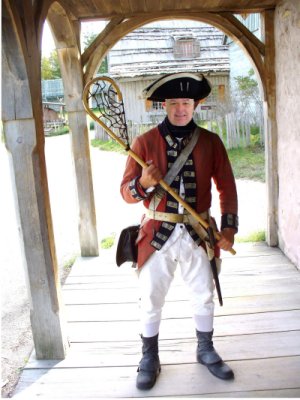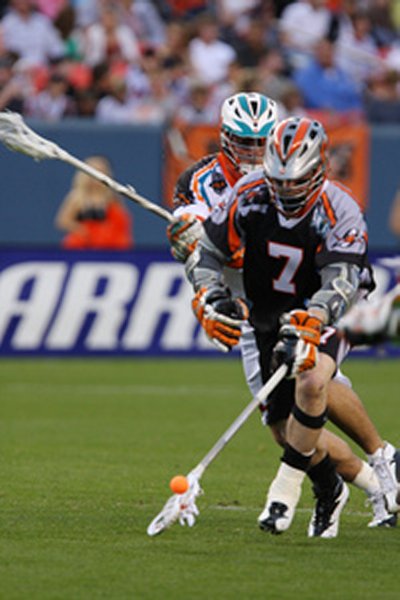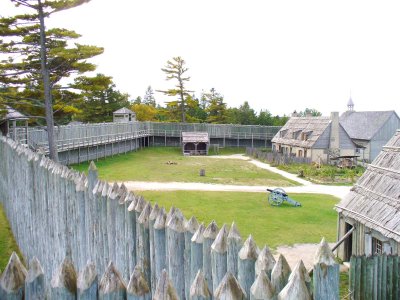


Welcome Chogan fans. I hope you enjoyed the story so far. Unless you cheated and looked ahead, you should have reached chapter two. These were difficult chapters for Chogan. Not only was he almost eaten by a bear, but he has nothing to contribute to the Spring Festival, bringing shame to his family. To make matters worse, Ahanu and Taregan, the village bullies, are giving him a rough time. Chogan is now watching his village compete with a neighboring village in a game of baggataway. Perhaps that will take his mind off his troubles.
Baggataway in one form or another was played by Native Americans throughout North America. The rules varied from tribe to tribe and from location to location, but usually players tried to catch the ball in the net portion of the baggataway stick and throw it toward the opponent’s post. Sometimes the posts were miles apart.
Baggataway Stick

All baggataway sticks were hand-made, and no two sticks were exactly alike. Most of the baggataway sticks had a hook at the end like the stick held by the gentleman to the left. Woven leather straps formed the net for catching the ball. Jesuit priests were the first Europeans to witness a baggataway game. They thought the baggataway stick looked like a bishop’s staff or crosier and named the game lacrosse.
Lacrosse Stick

The modern game of lacrosse is now played at many universities with some schools fielding both men’s and women’s teams. Although it is still a very rough sport, helmets, gloves and other safety equipment keep injuries to a minimum.
In 2001 the Major League Lacrosse opened its doors to become the first professional lacrosse league. They now have six teams in the United States and Canada with growing attendance.
Fort Michilimackinac
 The most famous baggataway game occurred at Fort Michilimackinac at the northern tip of Michigan’s Lower Peninsula. The French constructed the fort in 1715 to protect the fur trade, but the British received ownership in 1761 following their conquest of French Canada. Many Indian tribes had sided with the French during the French and Indian Wars and remained hostile to the British government. On June 2, 1763 the local Ojibway Indians began a game of baggataway outside the front gate. Wearing nothing but breach cloths, the Ojibway men and their Sauk opponents appeared harmless. British soldiers came outside the fort to watch, not knowing Indian women were hiding weapons under their blankets. At some point in the game, the ball was thrown over the wall of the fort. As the baggataway players passed through the gates to retrieve the ball, Indian women gave them knives and hatchets. The defenders of the fort were quickly overcome.
The most famous baggataway game occurred at Fort Michilimackinac at the northern tip of Michigan’s Lower Peninsula. The French constructed the fort in 1715 to protect the fur trade, but the British received ownership in 1761 following their conquest of French Canada. Many Indian tribes had sided with the French during the French and Indian Wars and remained hostile to the British government. On June 2, 1763 the local Ojibway Indians began a game of baggataway outside the front gate. Wearing nothing but breach cloths, the Ojibway men and their Sauk opponents appeared harmless. British soldiers came outside the fort to watch, not knowing Indian women were hiding weapons under their blankets. At some point in the game, the ball was thrown over the wall of the fort. As the baggataway players passed through the gates to retrieve the ball, Indian women gave them knives and hatchets. The defenders of the fort were quickly overcome.
In 1781, the fort was moved across the straits to Mackinaw Island, and what remained of the old fort was burned to the ground. It has now been painstakingly restored in its original location and is one of Michigan’s premier historical parks. Additional information about the fort can be found at http://mackinacparks.com/colonial-michilimackinac/.
But now it is time to get back to Chogan and Kanti. The spring feast is about to begin. There will be lots of good food to eat, and then there will be story telling around the campfire. Let's meet back here in Chapter Three, and I will show you how Chogan made his animal snares.